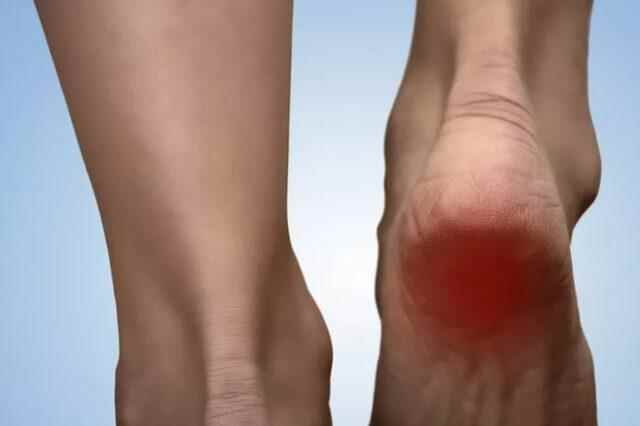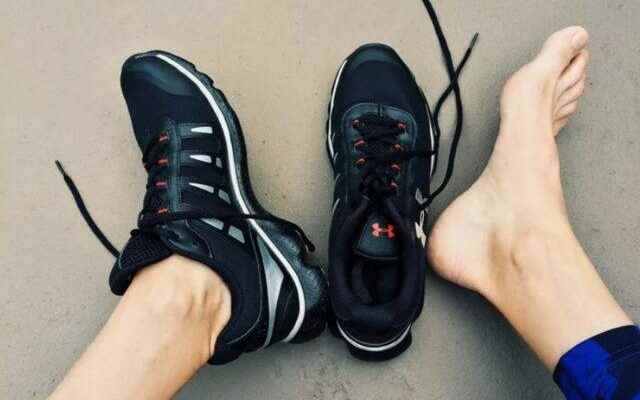A heel spur is a calcium deposit that forms on the heel. This invisible ailment causes a lot of pain. Especially standing too much is one of the biggest causes of heel spurs. Orthopedics and Traumatology Specialist Op. Dr. Davud Yasmin informed about heel spurs by saying that heel spurs are usually seen in one foot, but in some cases it can occur in both feet. Dr. David Yasmin said about the heel spur:
CHOOSING THE SUITABLE SHOES IS IMPORTANT
“Heel spurs, which are common among the people, occur as a result of the accumulation of calcium deposits between the heel and the arch of the foot. Heel spurs occur when the muscles in the foot wear out for a long time and damage the soft tissues. Athletic activities such as running and jumping, moving on hard ground for a long time, heel injury, Age, overweight and not choosing shoes suitable for foot structure increase the risk of heel spurs.Heel spurs are most common in runners and overweight people.
PERSON CANNOT DIAGNOSIS ITSELF

Since the heel spur shows similar symptoms with the diseases that cause pain in the heel, it is not possible for the person to make a diagnosis on his own. In the heel spur examination, the patient’s medical history is listened to and his complaints are questioned. The patient may be asked whether there are risk factors for heel spurs. In the manual foot examination, signs of inflammation such as redness and swelling in the foot are investigated, and a definitive diagnosis can be made by taking a foot X-ray.
COLD COMPRESS CAN BE APPLIED TO RELIEVE PAIN

People with heel spurs can apply cold compresses to relieve foot pain. The affected area can be anesthetized by placing ice packs on the aching area for 15 minutes. Cold application can also help reduce swelling. Simple painkillers can be used for sudden onset and short-term pain due to heel spurs. “Practicing physical therapy for long-term, chronic pain can help strengthen foot muscles.”
